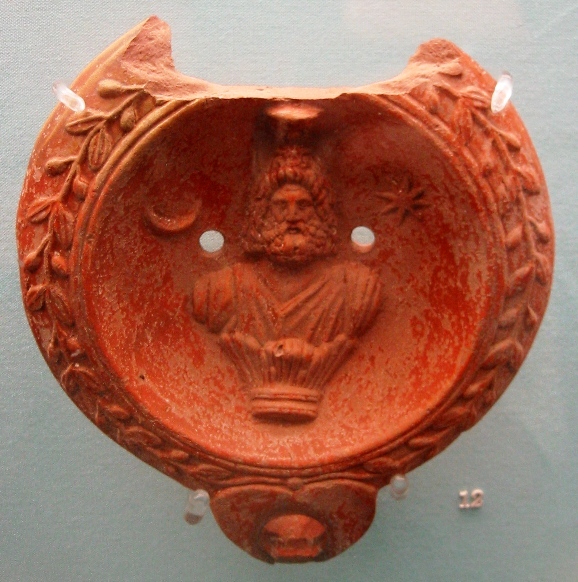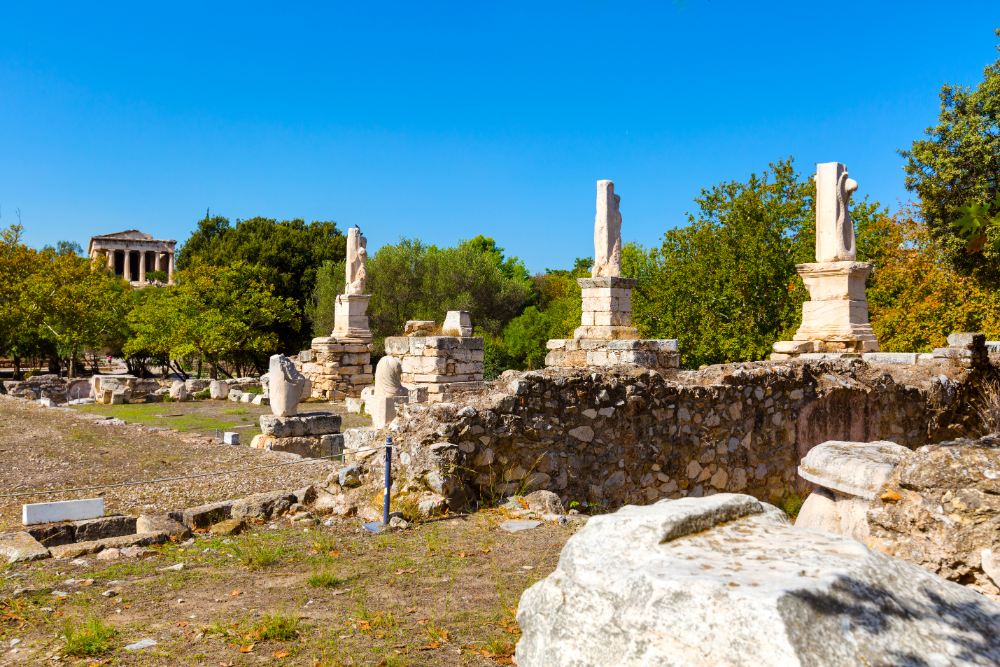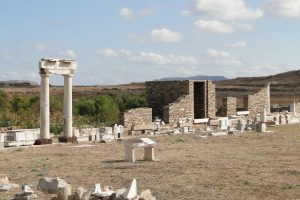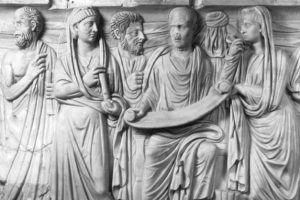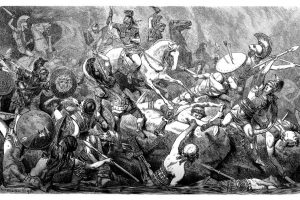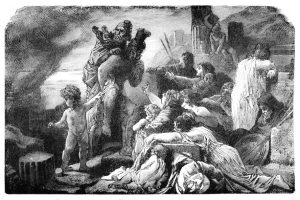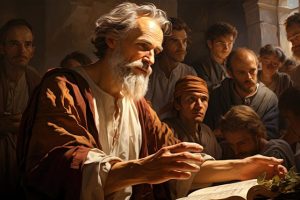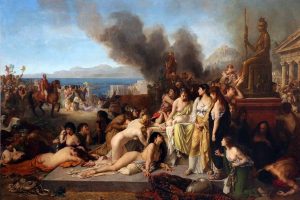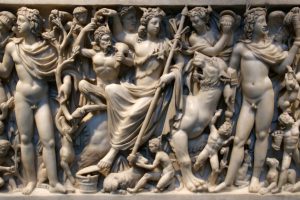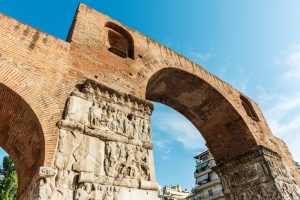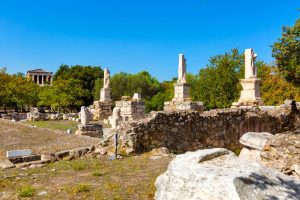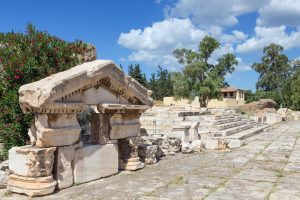A Greco-Egyptian Deity in the Roman World
The cult of Serapis represents one of the most fascinating religious syncretisms of the ancient Mediterranean, blending Greek and Egyptian religious traditions into a single, powerful deity worshiped throughout the Greco-Roman world. Created in the 3rd century BCE during the reign of Ptolemy I in Egypt, Serapis was designed as a god who could unify the diverse populations of Egypt by combining attributes of the Greek gods Zeus and Hades with the Egyptian Osiris and Apis.
Serapis was depicted as a regal figure, often seated on a throne, with a modius (grain measure) on his head, symbolizing fertility and abundance, alongside a scepter and a key, representing his dominion over life, death, and the underworld. His worship spread rapidly beyond Egypt, reaching Greece, Asia Minor, and eventually the entire Roman Empire.
In the Roman era, Serapis gained immense popularity, partly because the cult incorporated familiar Greek religious elements while preserving key Egyptian aspects. Temples dedicated to Serapis, known as Serapeia, were built in major cities such as Alexandria, Rome, and Piraeus. The cult promised healing, protection, and a blessed afterlife, making it attractive to people across social classes and cultural backgrounds.
Serapis’s worship involved elaborate rituals, including processions, initiations, and festivals. His priests, often educated in both Greek and Egyptian traditions, maintained a sacred literature and performed healing rites, contributing to the god’s association with health and salvation.
The cult’s significance extended beyond religion. It served as a tool of political and cultural integration under the Ptolemies and later the Romans, reinforcing their rule by fostering a shared spiritual identity among their diverse subjects.
Though the rise of Christianity eventually diminished the cult’s prominence by the late Roman period, the legacy of Serapis endures as a testament to the ancient world’s capacity for religious fusion and adaptation.
Photograph by Marie-Lan Nguyen, sourced from Wikimedia Commons. Licensed under CC BY-SA 3.0.


